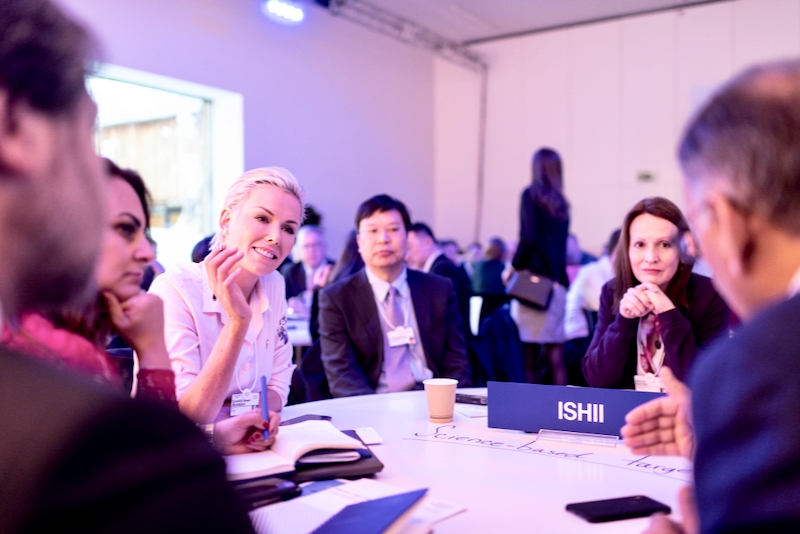Instruments (EN)
⚒⚒ | $$ | ⏲⏲ | Through awareness training, managers and employees in research & development become aware of the impact of (perceived) diversity characteristics on their attitudes. Participants are also exposed to alternative viewpoints and taught how to deal constructively with stereotypes and biases in the workplace.
⚒ | $ | ⏲ | Employees or managers who represent their organization at internal and external events, such as panel discussions, recruiting events or trade fairs, should be selected as broadly as possible in terms of various diversity characteristics such as gender, generational affiliation and origin. Diverse representation sends an important signal to existing and potential new employees and contributes in a convincing way to inclusive employer branding.
⚒⚒ | $$ | ⏲⏲ | Within the framework of diversity competence training, managers and employees in the research & development field gain knowledge concerning diversity aspects in the working environment. Participants learn how to incorporate diversity management approaches into their daily practices and creative processes. In the long run, diversity competence in the workplace helps create an inclusive innovation culture and the comprehensive promotion of innovation processes.
⚒⚒⚒ | $$ | ⏲⏲ | An internal awareness campaign will send a strong message about the importance of diversity in innovation. It can help make different diversity groups visible and promote an inclusive culture in innovation.
⚒⚒ | $$ | ⏲⏲ | Conscious relaxation activities help participants to relieve tension in their daily work. Group training in mindful communication can have a very beneficial impact on the growth of diverse teams. Participants become more self-aware and familiar with their team members when learning a mindful communication approach together.
⚒ | $ | ⏲ | With an official diversity statement, the executive board and management of the organization take a clear position in favor of an inclusive culture. This declaration sends an invaluable message to workers, emphasizing the importance of diversity – not least in innovation – and encouraging them to support corresponding measures.
⚒ | $ | ⏲⏲ | A balanced representation of diversity in external media promotes a progressive image of the organization and attracts a broader, more diverse audience. An inclusive brand image will help to grow new user groups while increasing the satisfaction of existing customers.
Moreover, a progressive public image also plays an essential role in employer branding.
⚒ | $ | ⏲⏲ | Fair representation of diversity in internal media contributes to the development of an inclusive organizational culture and helps to create an inclusive working environment.
Employers thereby signal that workers with a diverse range of characteristics are welcome and respected. Furthermore, the organization represents itself as open-minded and future-oriented by making socio-cultural diversity in the workplace visible.
⚒⚒ | $$ | ⏲⏲ | “Unconscious bias” describes unconscious prejudices that all people have. Unconscious bias training supports key personnel in the fields of innovation and HR in making informed decisions and clearly justifying them. Ultimately, this contributes to greater diversity in the workforce and helps to establish transparent promotion processes.
⚒⚒ | $$ | ⏲⏲ | A workshop on inclusive language can be held before creating a communication guideline, accompanying its introduction, or standing on its own as an individual measure. The theoretical and practical examination of inclusive language sensitizes workshop participants to the topic and allows them to explore new forms of expression.










